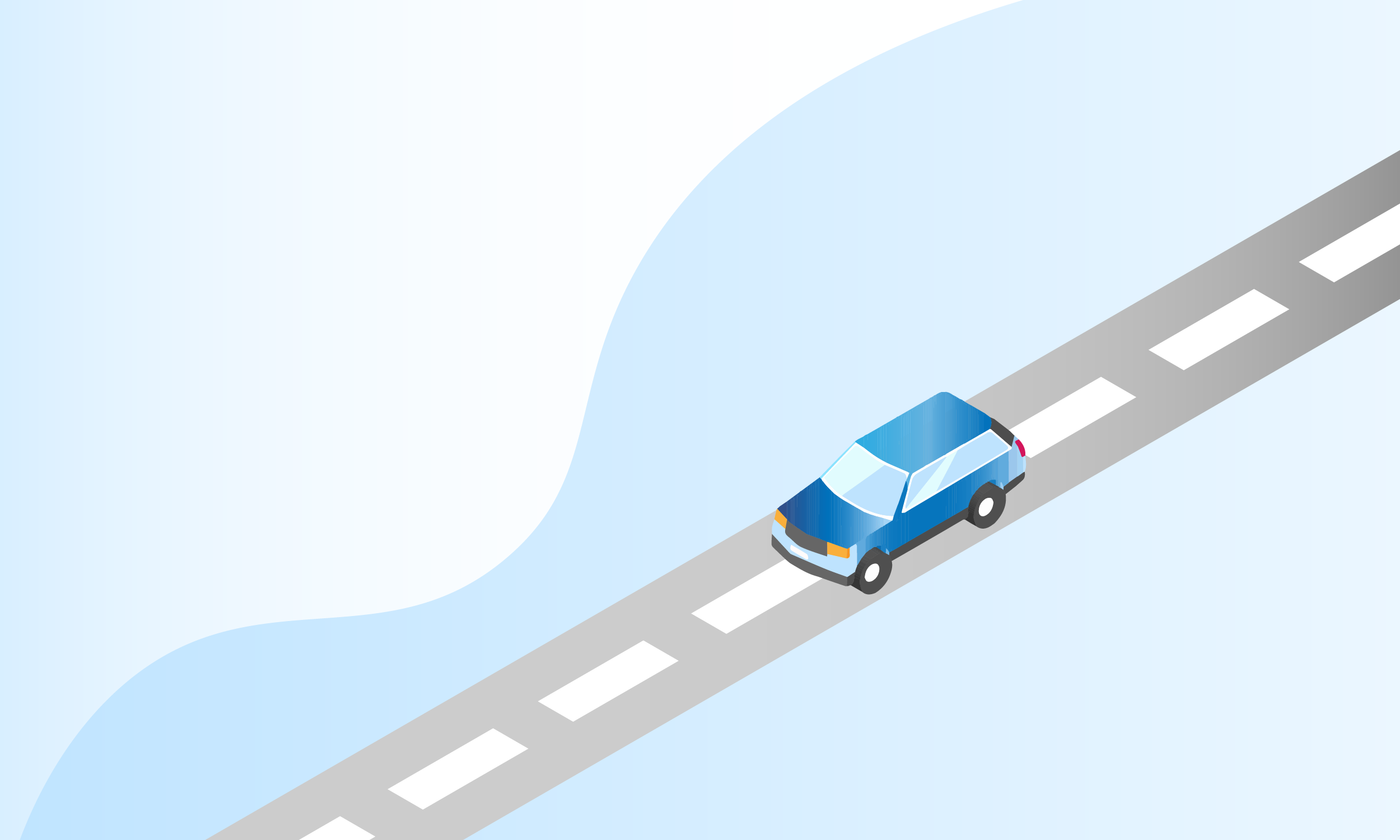
Topic 4
Photo Guide & Recording Damage
When collecting or delivering a vehicle, you are required to take specific photos. Make sure you:
Take every mandatory photo.
Add a comment on the vehicle's condition (such as 'good condition' or 'minor damage') to each photo.
Inspect the interior thoroughly, including the headlining.
This guide will show you what's needed for:
Types of Damage
Recording Damage in the App
Wheels
Exterior
Internal
1. Types of Damage
We require all vehicle damage to be thoroughly documented, and we enforce a strict zero-tolerance policy on this. When inspecting a vehicle, you will need to categorise each photo you take using the 4 options in the Engineius App: Unallocated, Minor, Major and Good. Here what each means:
Unallocated: This is used when the App asks you to photograph an item that is not present in the vehicle, e.g. spare tyre, charging cable.
Minor: Use this for superficial damage that doesn't affect the vehicle's structural integrity or primary function. Examples include:
Small scratches or scuffs
Light dings or dents (smaller than a golf ball)
Minor paint chips
Faded or dull paintwork
Major: This category is for significant damage that impacts the vehicle's safety, structural integrity, or requires repair or replacement. Examples include:
Large dents or creases
Cracked or shattered glass
Deformed body panels
Damage to lights, mirrors, or bumpers that impairs function
Rust perforation
Visible frame damage
Good: Select this option for any part of the vehicle that is free from any noticeable damage and is in good working order.
2. Recording Damage in the App
When you find any damage on a vehicle, you need to take at least two clear photos:
A close-up photo to highlight the damage.
A far-away photo to identify what area of the vehicle the damage is.
For example, the post-drop-off inspection photos show clear damage to both the bumper and the tailgate handle, requiring 2 photos.
Photo 1
Photo 2
It's crucial to clearly document the vehicle's condition at every stage. For instance, Photo 3 seems to show no damage, but Photo 4 isn't clear enough to tell. While Photo 2 clearly shows damage to the tailgate handle, its precise location might not be obvious from the previous photos.
Photo 3
Photo 4
How to Record Damage in the App
Select the Vehicle Section/Panel: The app presents the vehicle in sections (e.g., front, offside, rear, nearside, fuel guage & odometer).
Assess the Damage: Carefully examine the selected area of the vehicle.
Choose the Appropriate Category: Based on your assessment and the definitions above, assign the relevant damage category (Minor, Major).
Add Details:
Photos: Always take clear, well-lit photos. Capture multiple angles if necessary to fully capture the extent of the damage. Before submitting a photo, always edit it to mark and circle any damage. You can do this in the App. This ensures all damage is clearly identified and documented. Failure to do this will hold you accountable.
Notes: Utilise the comments section to add specific details about the damage. For example:
"Scratch on rear bumper."
"Cracked windshield, passenger side."
"Tear in upholstery, driver seat"
Repeat for All Sections: Continue this process for every section and panel of the vehicle.
3. Wheels
You must take a photo of each wheel side-on clearly showing the wheel arch and its position.
Photos must not be taken at an angle as shown in the examples below.
4. Vehicle
Nearside and offside of vehicle.
Front and rear of vehicle.
Each corner of the vehicle.
Below are examples of when a portion of the vehicle is not visible which is not acceptable.
5. Interior
Photos of both the front and back of the interior are required including a photo of the dashboard. Examples below:
Interior N/S front of vehicle facing seats
Interior N/S front of vehicle
Interior O/S front of the vehicle
Interior rear of vehicle
Warning lights and what they mean
For further details on how to take the right photos, please contact us.
FAQs
-
Good quality photos along with full tracking of the vehicle movement are what customers demand. We will not tolerate any drivers who do not follow instructions, policy or procedures, as this will jeopardise future work for all other drivers.























